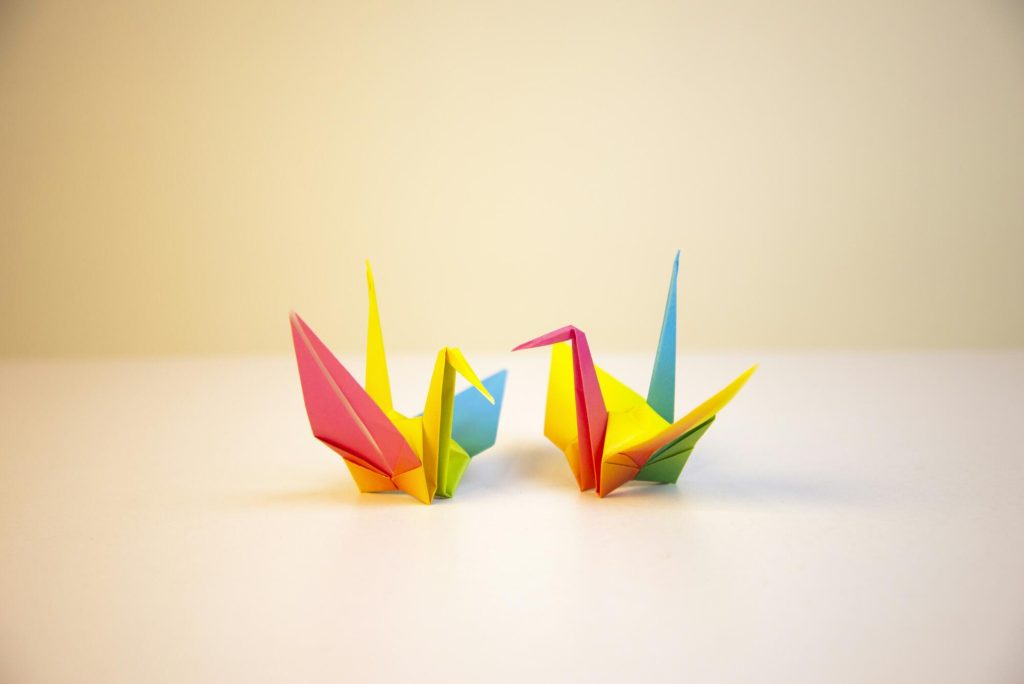Paper-folding is an old craft that’s still loved by many today. With just a simple sheet of paper, you can create amazing shapes and designs. It’s more than just a fun hobby, paper-folding has a long history that connects different cultures and generations. Whether you’re making a fancy model or a small decoration, learning a few key techniques can make your work stand out.
Additionally, it’s a great way to explore creativity and tradition simultaneously. Let’s get into it!
The History and Cultural Significance of Paper-Folding
Paper-folding began over a thousand years ago in East Asia, especially in Japan and China. At first, people used it for special ceremonies.
One well-known example is the origami crane, which stands for peace and hope. A simple sheet of paper, when folded with care and creativity, can become a powerful work of art.
In Japan, origami has grown into a complex art form. It even plays a role in schools and math lessons.
Over time, artists have found ways to turn a single piece of paper into detailed shapes and figures. Other cultures have also added their own paper-folding styles, bringing in new symbols and meanings to this beautiful tradition.
Essential Techniques in Paper-Folding
While paper-folding seems straightforward, mastering the techniques requires practice and patience. Some of the foundational methods include:
Valleys and Mountains
The two main folds in paper-folding are valley folds and mountain folds. Valley folds bend the paper downward, creating a “V” shape. Mountain folds do the opposite-they push the paper up, forming a peak like a mountain.
Squash Folds
A squash fold occurs when you flatten a folded section of the paper. This technique helps turn simple folds into more detailed shapes. It’s often used to make complex designs, like flowers or animals.
Reverse Folds
A reverse fold changes the direction of a folded edge by folding it back inside or outside. This fold is very useful for shaping small details. It lets you add sharp points or curves to your paper models.
Modern Innovations in Paper-Folding
Today, paper-folding is becoming popular again thanks to new technology. Artists today blend traditional folding techniques with modern tools to create amazing paper art. For instance, digital cutting files assist both beginners and experts in creating intricate patterns that are challenging to fold manually.
Also, paper-folding is popular in the DIY community. Simple projects are easy for anyone to try at home.
This has helped more people enjoy the craft than ever before. Websites like Simply Paper Crafts offer tutorials, inspiration, and supplies, allowing enthusiasts to explore their creativity and produce personalized items.
The Benefits of Engaging in Paper-Folding
Practicing paper-folding helps improve your fine motor skills and boosts creativity. It also teaches patience and can calm your mind, making it a great way to relieve stress and stay focused. Whether you’re making something for yourself or as a gift, turning a plain sheet of paper into art feels very rewarding.
Embrace the Craft of Paper-Folding
Learning different paper-folding techniques and traditions opens up many creative chances. This craft connects people to culture and brings many benefits to those who practice it. As you explore paper-folding, enjoy every fold and the story your creation tells. Embrace your art, and let this craft inspire and transform you.
Is this article helpful? Keep reading our blog for more.







